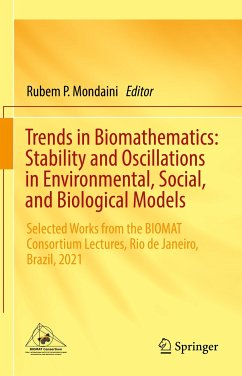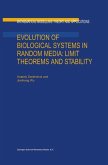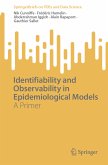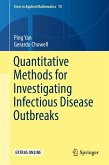This contributed volume convenes selected, peer-reviewed works presented at the BIOMAT 2021 International Symposium, which was virtually held on November 1-5, 2021, with its organization staff based in Rio de Janeiro, Brazil.
In this volume the reader will find applications of mathematical modeling on health, ecology, and social interactions, addressing topics like probability distributions of mutations in different cancer cell types; oscillations in biological systems; modeling of marine ecosystems; mathematical modeling of organs and tissues at the cellular level; as well as studies on novel challenges related to COVID-19, including the mathematical analysis of a pandemic model targeting effective vaccination strategy and the modeling of the role of media coverage on mitigating the spread of infectious diseases.
Held every year since 2001, the BIOMAT International Symposium gathers together, in a single conference, researchers from Mathematics, Physics, Biology, and affine fields to promote the interdisciplinary exchange of results, ideas and techniques, promoting truly international cooperation for problem discussion. BIOMAT volumes published from 2017 to 2020 are also available by Springer.
Dieser Download kann aus rechtlichen Gründen nur mit Rechnungsadresse in A, B, BG, CY, CZ, D, DK, EW, E, FIN, F, GR, HR, H, IRL, I, LT, L, LR, M, NL, PL, P, R, S, SLO, SK ausgeliefert werden.









